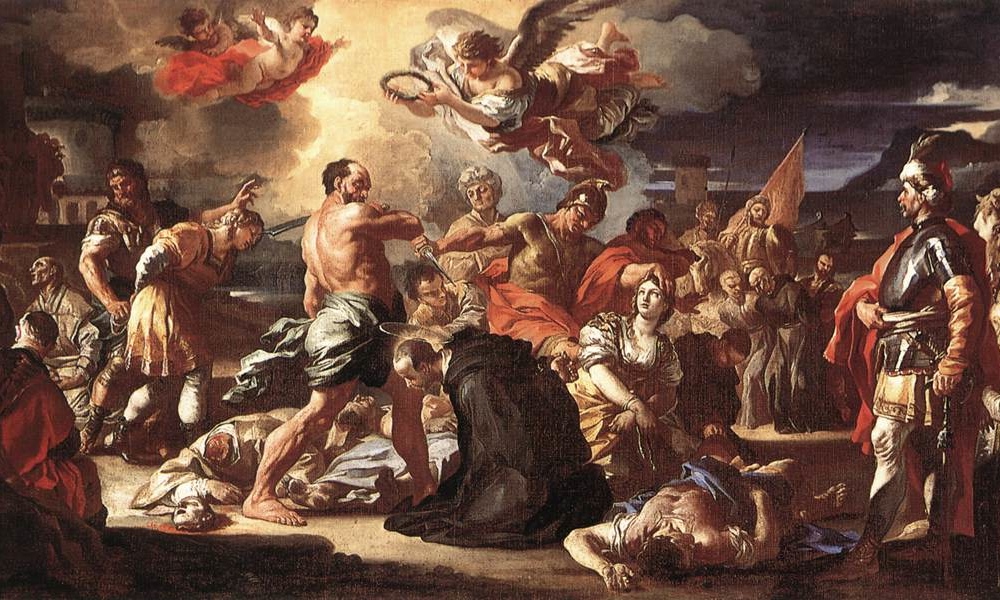The third century AD was a terrible time. Like, really terrible. The prosperity and relative peace of the second century went down in flames. Well, flames, assassinations, civil war, revolts, famine, plague, and invasions, to be more precise.
From the staggeringly long list of short-lived emperors during the third century (twenty-six different emperors would reign in just fifty years), only a handful died of natural causes. Most of these succumbed to one or other of the plagues that ravaged the empire. The majority of emperors, however, fell at the hands of other Romans, either rival claimants or their greedy Praetorian guard. Fickle armies hailed one general emperor only to sack him a few months later for another. The infamous year of 238, for instance, began with the murder of the illiterate semi-barbarian Maximinus Thrax at the hands of the legions who had hailed him emperor and only ended five emperors later.
In this atmosphere of violence, Christian persecutions occasionally flared up. Partially blaming the myriad disasters of the century on the spread of Christianity and the consequent lack of devotion to the old Roman gods, emperors like Decius and Valerian attempted to blot out the Church. Many of the saints recalled in the Roman Canon, including St. Cyprian, St. Lawrence, and Pope St. Sixtus II (whose memory the Church recalls today), earned the martyr’s palm during these years. Sixtus, with several deacons assisting, was celebrating Mass clandestinely when Valerian’s officers set upon the Christians, beheading the Pope and his companions.
The third century was a truly terrible time. The ascension of Diocletian in the year 284 brought back political, economic, and military stability, but also the most intense persecution of Christianity. Yet, amidst the violence and discord, the perseverance of the martyrs laid the seed of tremendous growth of the Church in the fourth century—a century that would see Christian emperors become the norm and Christianity the official religion of the empire.
In that century, Pope Damasus I would inscribe these words on St. Sixtus’ tomb in the catacomb of Callixtus: he was the first to offer himself and his own head, not tolerating that the (pagan) frenzy should harm the others. Giving his own life for love of God and neighbor, Sixtus not only preserved his flock through dangerous days, but also contributed to the future building-up of the Church.
In our limited vision, we do not know what lies ahead of the trying events that beset us. We do know that a hidden Wisdom works all things, even the worst human evils, “for good for those who love God” (Rom. 8:28). From the many evils of the third century, God watered his growing Church with the self-emptying charity of the martyrs. Their witness and sacrifice saved many souls. We can be sure God desires such witness in our own perilous times. With confident hope in God’s providence and his sufficient grace, we can echo the words of another martyr: come rack, come rope!
✠
Image: Francesco Solimena, The Martyrdom of Sts Placidus and Flavia







